Photos: Your berry primer
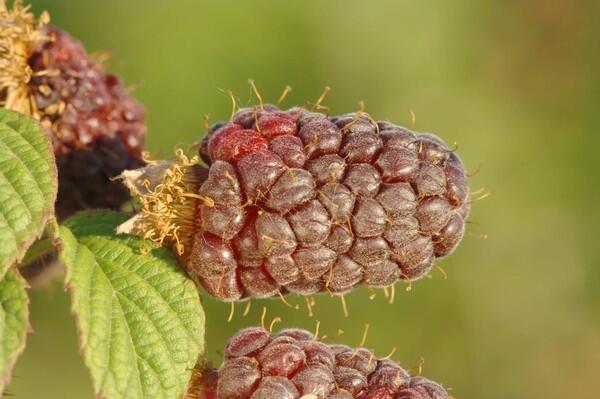
This Tayberry, a cross of Aurora blackberry and a raspberry, was bred by Derek L. Jennings of the Scottish Crop Research Institute and introduced in 1980. It has excellent flavor, but unless it is very ripe, for most palates it is too tart for eating fresh. It was photographed at Oregon State University’s Lewis-Brown Horticultural Research Farm, Corvallis, Ore. (David Karp / For The Times)
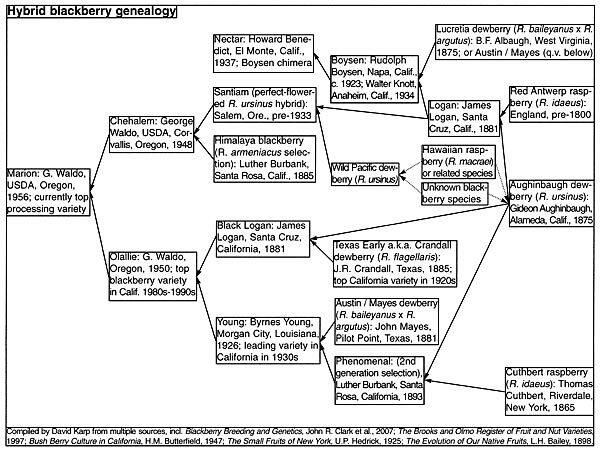
Hybrid blackberry genealogy (David Karp / Los Angeles Times)
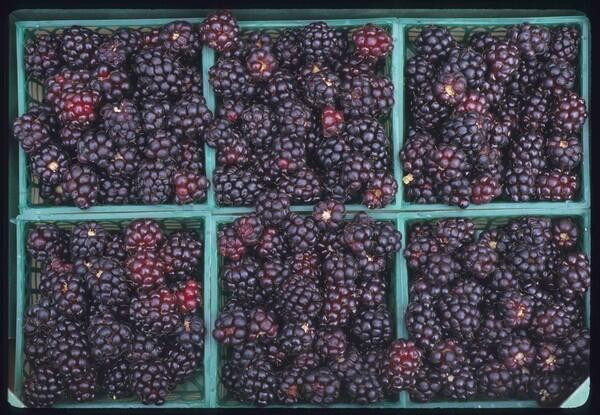
Youngberry, a large, sweet hybrid blackberry (an Austin-Mayes crossed with a Phenomenal) that originated in Morgan City, La., with B.M. Young; it was selected about 1905 and introduced in 1926. This fruit was grown by Robert Poole in
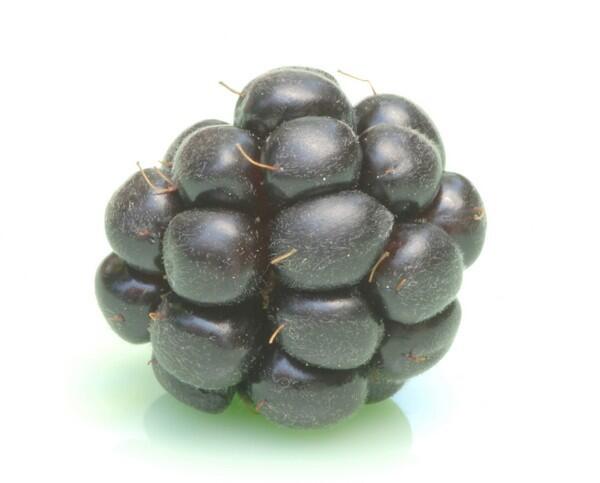
A closer look at a youngberry. (David Karp / For The Times)
Advertisement
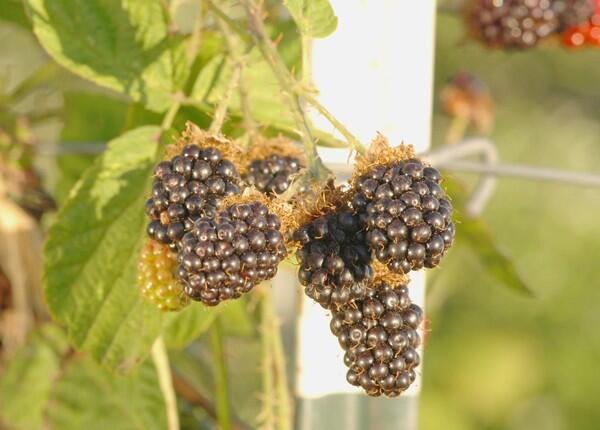
Chehalem, a USDA hybrid of a Santiam crossed with a Himalaya, was introduced in 1948. It is important as one of the parents (with Olallie) of Marion, the standard processing variety, to which it imparted its high flavor. Photographed at Oregon State University’s Lewis-Brown Horticultural Research Farm, Corvallis, Ore. (David Karp / For The Times)
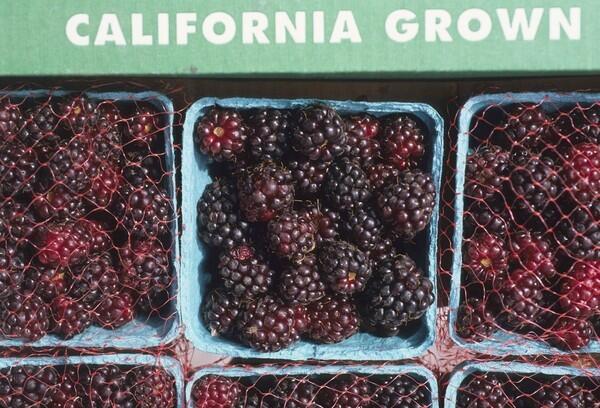
These are Nectar hybrid berries (similar to boysenberries) grown by Randy Pudwill in Nipomo and sold at the Santa Monica farmers market. Nectar (Nectarberry) was originated by Howard G. Benedict in
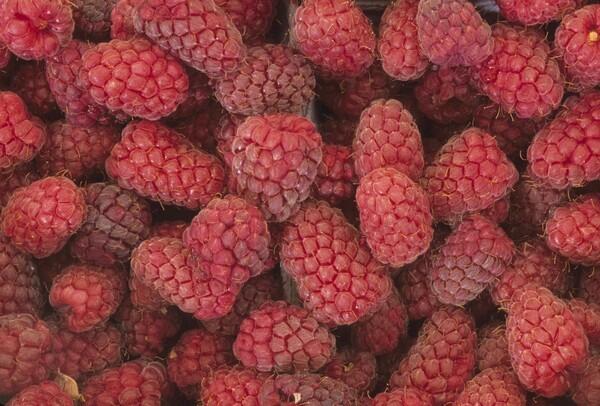
The likely parent of Boysen: Logan hybrid berries at Berry Empire, Aurora. Logan originated from a cross made in the early 1880s by Judge James H. Logan in
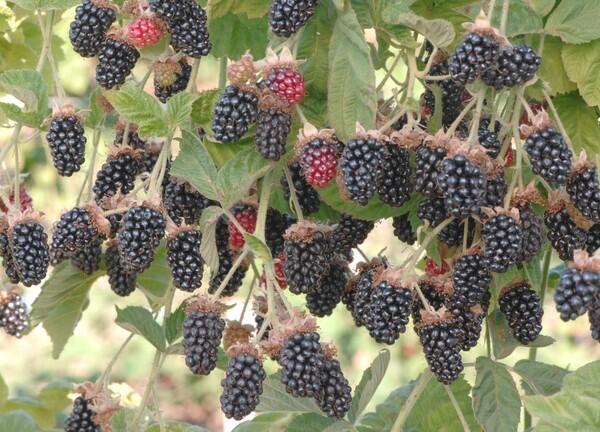
Marion, the blackberry industry standard for processing, grown on some 4,500 acres in the Willamette Valley. Introduced in 1956, it was bred by George F. Waldo of the U.S. Department of Agriculture. The plants are thorny and cold-sensitive, but the fruit has remarkably rich, intense flavor. Photographed at the North Willamette Research & Extension Center in Aurora, Ore. (David Karp / For The Times)
Advertisement
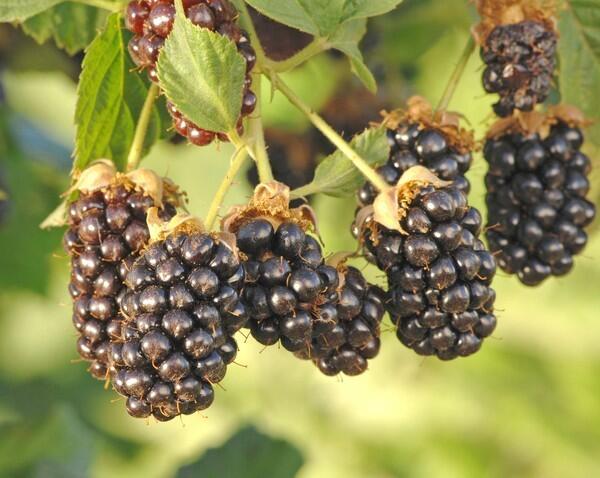
Olallie, a cross of Black Logan x Young introduced by George F. Waldo of the U.S. Department of Agriculture in 1950. Long the standard variety in
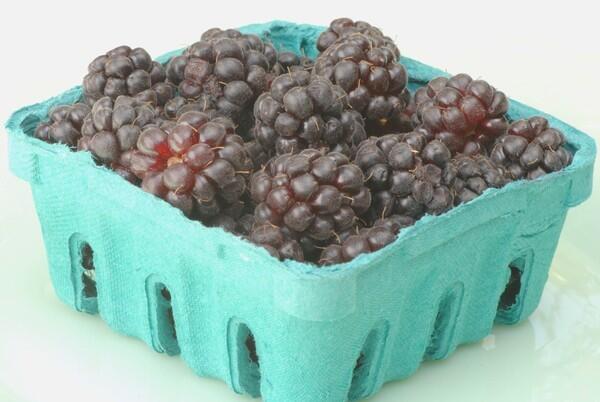
Boysen hybrid blackberries (“Boysenberries”) grown by Robert Poole of Kincaid Farm in
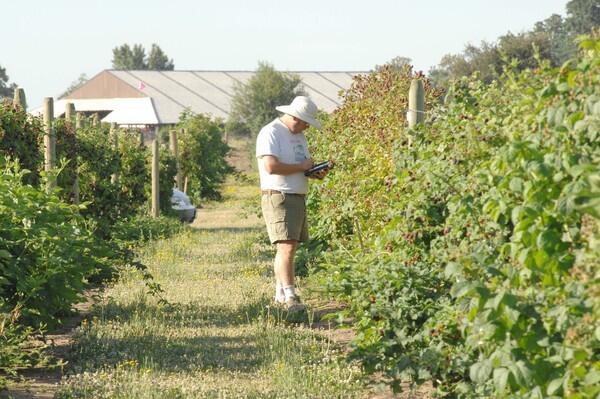
Chad E. Finn of the U.S. Department of Agriculture observes, tastes and makes notes about selections in his blackberry breeding program, at his research plot at the North Willamette Research & Extension Center in Aurora, Ore. (David Karp / For The Times)
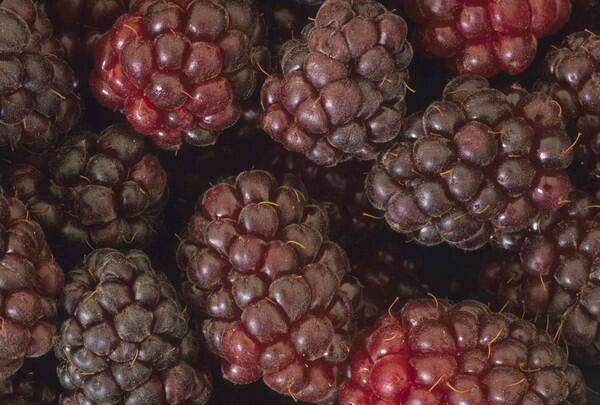
Boysenberries at a farmers market stand in Aurora, Ore. This variety is longer in shape, and more productive, in Oregon, where more than 600 acres are grown, mostly for processing into preserves and canned berries for pies, frozen berries and other uses. (David Karp / For The Times)
Advertisement
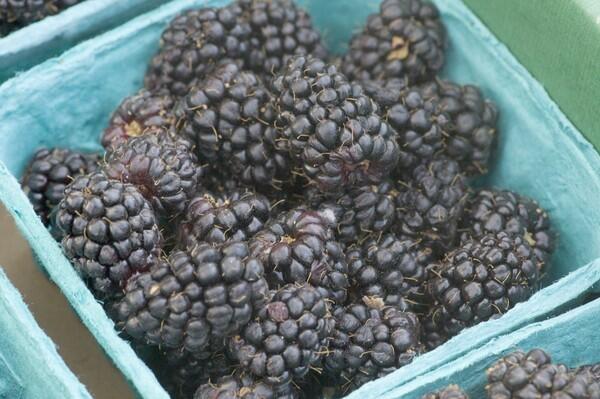
Flavorful Kotata hybrid blackberries (granddaughter of Boysen) grown by Doug Powell in Redlands, sold at the Hollywood farmers market. (David Karp / For the Times)
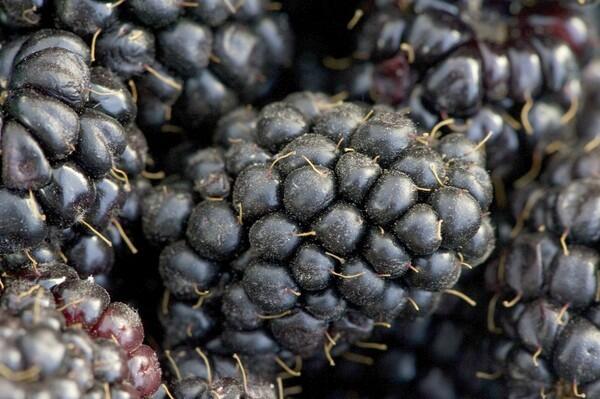
A closer look at Kotata hybrid blackberries. (David Karp / For The Times)
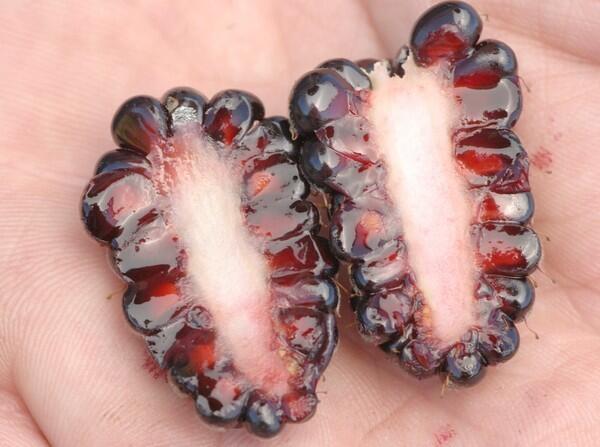
Rubus or ruby? In the aggregate fruit of a blackberry or hybrid blackberry, all the drupelets of the cluster come from a single flower and adhere to a part of the stem termed the receptacle, which becomes part of the ripe fruit; seeds are visible within the drupelets. This blackberry is ORUS 3302-1 (Black Diamond crossed with another ORUS selection), a breeding selection by Chad E. Finn of the U.S. Department of Agriculture. At Oregon State University’s Lewis-Brown Horticultural Research Farm, Corvallis, Ore. (David Karp / For The Times)
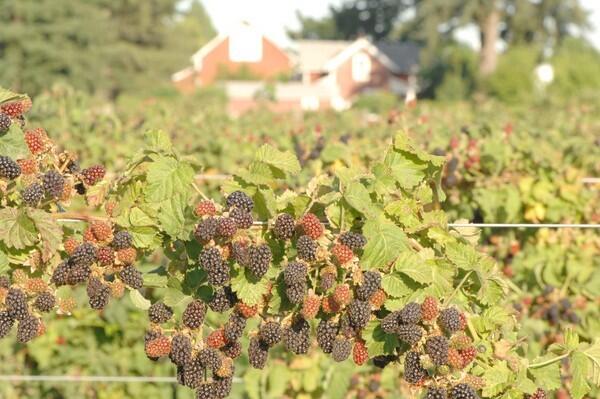
Black Diamond thornless trailing blackberry at the North Willamette Research & Extension Center in Aurora, Oreg. Black Diamond, introduced in 2005, was bred by a team led by Chad E. Finn of the U.S. Department of Agriculture. It is high-yielding, vigorous, adapted to machine harvesting and produces a very good processed product, although the flavor is not quite as good as Marion, the industry standard. In addition, the fruit are firm enough to be suited to some fresh market uses. (David Karp / For The Times)
Advertisement
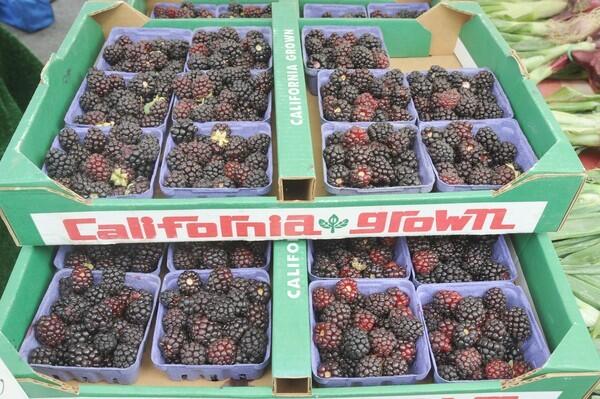
Boysenberries grown by Doug Powell of Redlands, at the Hollywood farmers market. (David Karp / For The Times)
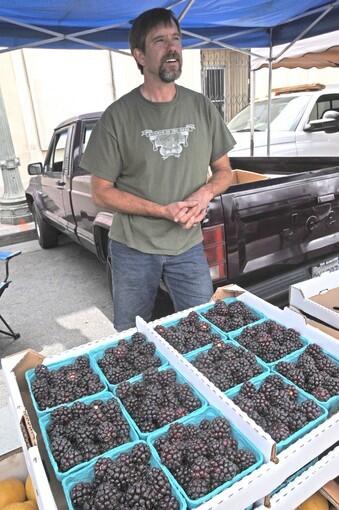
Robert Poole Jr. sells boysenberries at the Hollywood farmers market. (David Karp / For The Times)
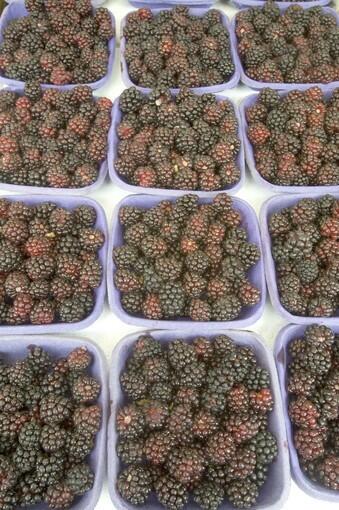
Boysenberries at the Valdivia stand at the Santa Monica farmers market. (David Karp / For The Times)





